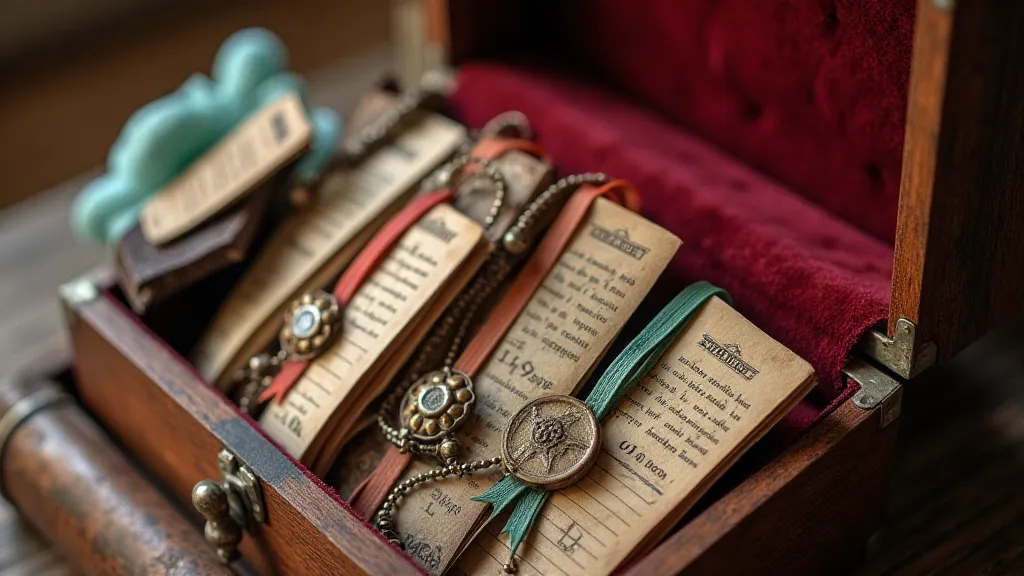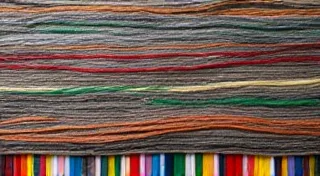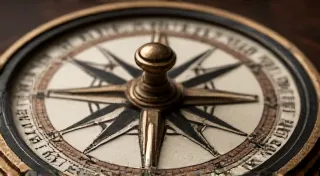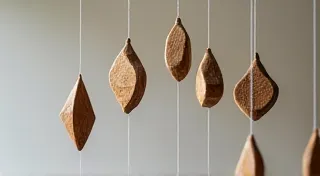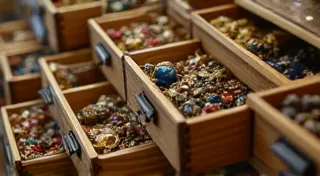A Cabinet of Curiosities: Showcasing Exceptional Bookmark Designs
The scent of aged paper, the gentle crackle of brittle cardboard – these are the sensations that draw me to the world of vintage bookmarks. It’s a niche collecting field, often overlooked, but brimming with tiny treasures that whisper stories of a bygone era. More than just page-holders, these bookmarks represent a snapshot of artistry, sentiment, and historical context. They are, in essence, miniature works of art, each deserving of a place in a carefully curated cabinet of curiosities.
My own fascination began somewhat unexpectedly. As a child, my grandmother collected antique postcards. I spent hours sifting through her albums, mesmerized by the faded images and handwritten messages. One day, tucked within a pile of postcards, I found a bookmark – a delicate silk ribbon embroidered with forget-me-nots. It wasn’t the postcards that captivated me, but this unassuming, almost forgotten piece of ephemera. It sparked a desire to uncover the stories behind these small, often discarded items. Little did I know that this single ribbon would set me on a journey to appreciate the beauty and history embedded within vintage bookmarks.
The Rise of the Bookmark: A Brief History
While humans have always used something – leaves, scraps of fabric – to mark their place in a book, the formalized bookmark as we recognize it began to emerge in the 16th century. Early bookmarks were often simple ribbons or pieces of vellum, sometimes bearing the owner's coat of arms or a significant motto. The 19th century witnessed a dramatic evolution, driven by advances in printing and manufacturing techniques. Suddenly, bookmarks weren’t just functional; they were decorative, collectible, and often given away as promotional items by businesses.
The Victorian era, particularly, was a golden age for bookmark design. The emphasis on sentimentality, intricate detail, and decorative embellishment was perfectly reflected in these miniature masterpieces. Think of elaborate filigree work, delicate watercolor paintings, and embossed designs – all crafted to appeal to the discerning tastes of the time. The rise of mass production allowed for greater affordability and accessibility, contributing to their widespread popularity. And as reading became a more common leisure activity, the bookmark became an essential accompaniment.
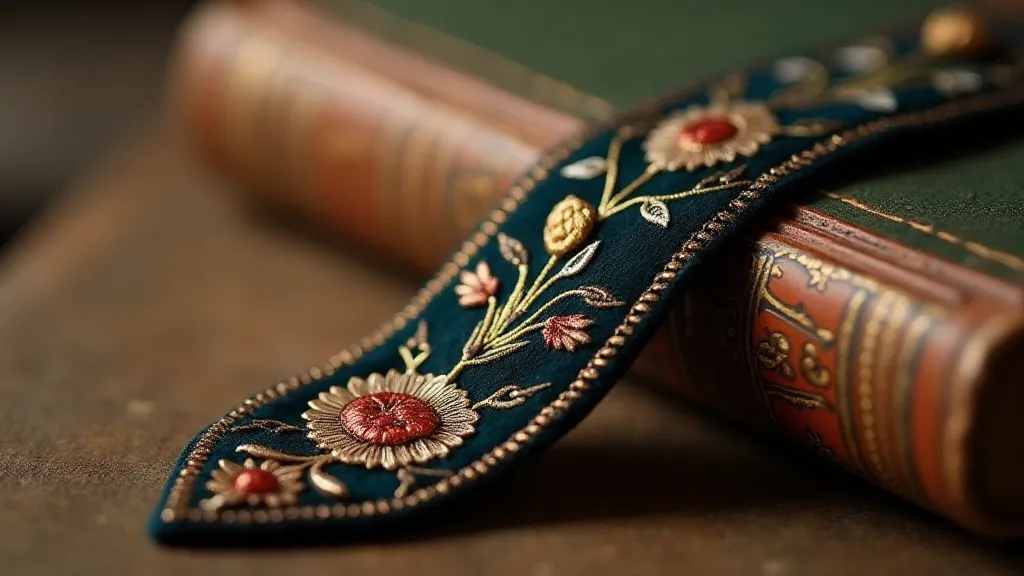
Materials & Craftsmanship: A Testament to Skill
The variety of materials used in vintage bookmark production is remarkable. Silk, satin, velvet, linen, and lace were popular choices for ribbon bookmarks. Cardboard and paper were the foundations for many promotional and souvenir bookmarks. More luxurious examples utilized materials like mother-of-pearl, silver, and even gold. The craftsmanship employed was often exquisite. Embroidered bookmarks, painstakingly created by hand, showcased incredible skill and patience. Die-cut designs, pressed from intricate molds, demonstrated the precision of Victorian manufacturing. Engraved bookmarks, often personalized with names or initials, were treasured possessions.
Consider the intricate lace bookmarks, so fragile and delicate that they seem to disappear in the light. Or the embossed leather bookmarks, bearing family crests or literary motifs. Each tiny detail speaks volumes about the dedication and artistry of the creator. The very act of holding one of these bookmarks connects you to a lineage of skilled artisans, preserving a legacy of craftsmanship that often gets lost in our modern, mass-produced world. The evolution of the bookmark's form and function throughout history is a fascinating study in itself, and those interested in learning more might find the insights offered by From Folio to Favour: Tracing the Evolution of the Bookmark’s Form and Function particularly illuminating. Often, these bookmarks also embody elements of typography and design, a subject explored further in The Lexicographer’s Keepsake: How Typography Shapes Bookmark Aesthetics.
Beyond the Ribbon: Types of Vintage Bookmarks
While ribbon bookmarks remain the most ubiquitous type, the world of vintage bookmarks encompasses a surprising range of formats. There are accordion-fold paper bookmarks, often featuring panoramic views or series of illustrations. There are advertising bookmarks, promoting everything from local businesses to traveling shows. There are religious bookmarks, bearing biblical verses or depictions of saints. And then there are the truly unique and quirky examples – shaped like animals, miniature portraits, or even tiny mechanical contraptions.
One particularly fascinating category is the “penny gazette” bookmark. These paper bookmarks, often printed on thin, almost translucent paper, were distributed free with newspapers and magazines in the late 19th century. They usually depicted scenes from popular literature, vaudeville acts, or advertising campaigns. Collecting these penny gazette bookmarks provides a unique window into the popular culture of the Victorian era – a glimpse of the entertainment, advertising, and trends that captivated audiences over a century ago. The fragility of many of these pieces presents unique preservation challenges; those seeking to understand these concerns can benefit from reading The Paper Moth's Embrace: Preservation Techniques for Fragile Bookmark Treasures.
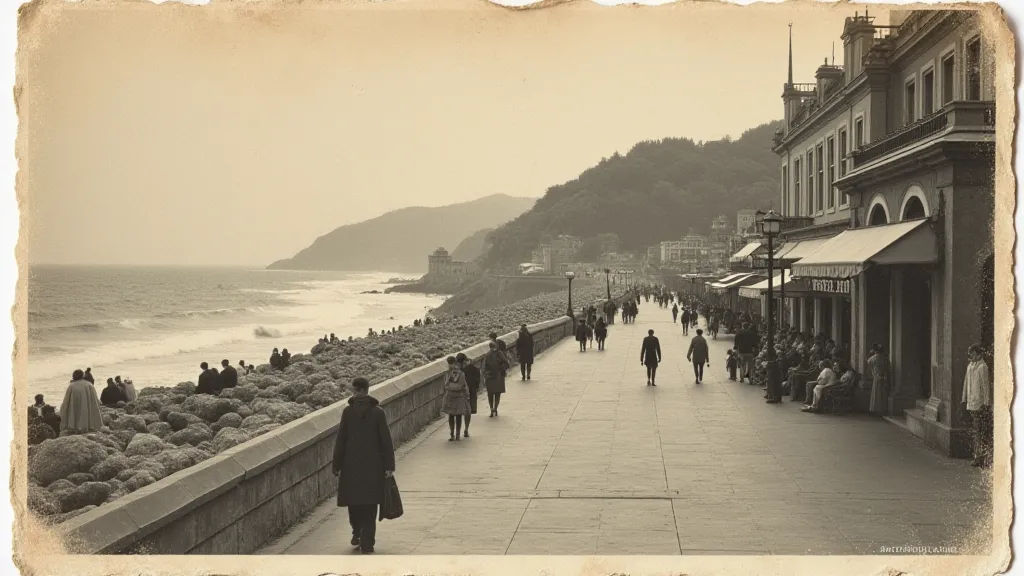
Preserving the Past: Restoration & Collecting Considerations
Collecting vintage bookmarks, like any form of collecting, comes with its own set of challenges. Many bookmarks are fragile and have suffered from age, handling, and environmental damage. Fading, tearing, and foxing (brown spots caused by mold) are common problems. While attempting restoration can be tempting, caution is paramount. Improper cleaning or repair can easily damage a bookmark beyond repair. It’s often best to leave minor imperfections as they add to the bookmark's historical character.
Storage is also crucial. Acid-free sleeves and boxes are essential for protecting bookmarks from further deterioration. Keeping them away from direct sunlight and humidity will significantly extend their lifespan. Ultimately, the goal is not to perfectly preserve these bookmarks, but to appreciate their beauty and historical significance – to safeguard them for future generations. The stories and cultural context woven into these seemingly small items are incredibly rich; exploring the symbolism of colors used in their design, for example, adds another layer of appreciation. Readers wanting to delve deeper into this aspect may find Chromatic Narratives: Decoding the Symbolism of Colors in Vintage Bookmarks a rewarding resource.
Lost Stories, Found Treasures
Beyond the technical aspects of collecting and preservation, the true magic of vintage bookmarks lies in the potential for discovery. Each one has a story to tell, a silent witness to moments long past. Imagine the hands that held it, the books it marked, the lives it touched. Perhaps it slipped from the pages of a well-loved novel, or served as a cherished souvenir from a seaside vacation. These silent companions offer a tangible link to the lives of those who came before us, inviting us to step back in time and imagine their world.
The allure of the lost and found is a powerful force in the vintage bookmark collecting world. Often, these items surface unexpectedly – in antique shops, flea markets, estate sales, or even hidden within the pages of forgotten books. The thrill of uncovering a rare or unusual bookmark is a unique reward, a moment of connection to a history that might otherwise remain hidden. It’s a reminder that even the smallest objects can hold immense value, both sentimental and historical.
Expanding the Collection: Rarity and Value
While the joy of collecting vintage bookmarks is largely about the appreciation of history and artistry, the potential for acquiring rare and valuable pieces is undeniable. Certain types of bookmarks are highly sought after by collectors, including those associated with significant historical events, literary works, or businesses. Early examples of advertising bookmarks, particularly those featuring iconic brands or personalities, can command significant prices.
Bookmarks bearing the signatures of famous authors or artists are also highly prized. Similarly, bookmarks crafted from precious materials, such as gold or silver, are inherently more valuable. However, the true value of a vintage bookmark extends far beyond its monetary worth. The stories it holds, the history it represents, and the connections it evokes are priceless.
